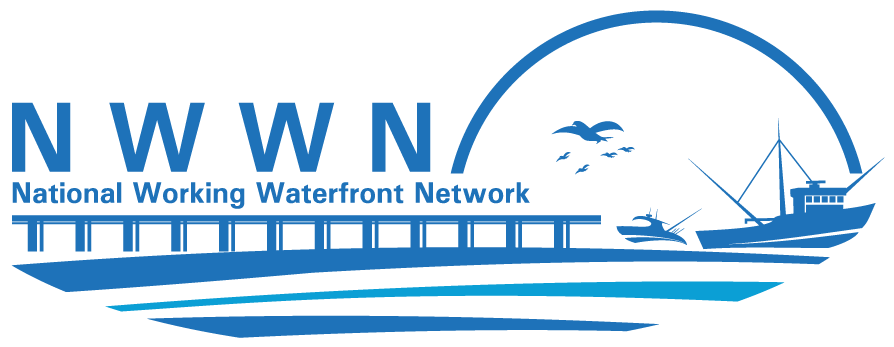Many who rely on access to working waterfronts for their livelihood or other activities do not have a guaranteed right to that access. Working waterfronts can be publicly owned, managed by a quasi-public entity like a port authority, or privately owned. Competing, and at times conflicting, demands on waterfront space can result in the loss of access for traditional waterfront activities and water-dependent uses. Loss of access frequently impacts the user more than the landowner. Lacking ownership interest in their working waterfront and the direct ability to make laws, change zoning, or other regulatory decisions means that waterfront users have the fewest tools at their disposal. However, they are often key partners in the implementation of working waterfront initiatives. Displacement of waterfront users is frequently the catalyst for communities to come together and figure out how to protect land usage and access.
Getting Started
If you are interested in learning more about the history of our working waterfronts, the drivers of change in our waterfront communities, and their economic value, we recommend starting with the Historic Trends and Economic sections of the website.
You can read about and listen to what communities around the country are doing to protect and preserve working waterfronts in the following sections:

